I have to agree to install all the controls would cost more than we would every get back in reduced fuel use, so in the main we use a compromise. So this house has a mixture, upstairs in the main idea is not to heat rooms until required, so this
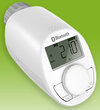
head is used, cost £15 each, also same head in the kitchen, as it has a window open feature, in my case door open, so it turns off the central heating in the kitchen when the door is open and we are unloading shopping from the car.
In other down stairs rooms we have these

which unlike the cheap eQ-3 report not only target but also current, they claim to monitor both water temperature and air temperature so can compensate for the direct heat from the radiator, but no window open detection, and the main problem is no real local control, have to use the phone, and although when bought claimed to work with Nest, they don't. You can set geofencing using IFTTT, and they are wifi connected not just blue tooth like cheaper ones, but cost around £38 each, and really a waste of money, either you want than to connect to the wall thermostat, or want cheap, these do neither.
Biggest waste of money was these.
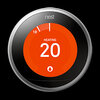
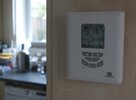
the first does not connect to any TRV heads, and very expensive for what it does, and all the cleaver algorithms, have been turned off as they simply don't work, and the second one was cheap, but has no fail safe, so when it lost connection with the base, the heating stayed off or worse on.
But I have not seen a domestic central heating system which was not automated, even this
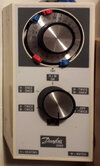
is automation, and second advantage is they in the main draw combustion air from outside, so reduce the drafts associated with open fires.
So the question is not if to automate, they all are, but to what extent to automate. Is the automation worth the cost? With these

at £15 each, yes, no question, turning off rooms when not in use, and using ºC rather than *123456 must be a worth while improvement.
But working from the phone, that is a very different thing. To my mind picking up your phone and switching on the central heating is telemetry, but still manual control, this
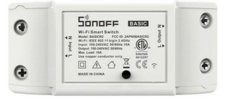
allows remote manual on/off control at £6. And the Moes thermostat starts at around £20, so big question is what will this
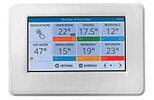
do which the cheaper versions will not do, to be worth the £300 to £850 price tag?
The first question has to be how the rest of the system will work with advanced control? It is all well and good pointing out that you can heat just one room, but to use a 6 to 28 kW boiler, you need the radiator in that room to be able to sink at least 6 kW. And since a modulating boilers output temperature reduces as it turns down, likely a lot more than 6 kW output is required from that one radiator.
I live alone in a large house and the thermal store has a finite heat capacity
This is likely the answer for us all, to the system as available, from the system as required, but installation cost is the problem, my brother-in-law had this, and when he looked at fitting same to new house, looking at £8k at 70 no way will we get that back.
I looked at wood burning heaters, what we all want is to gain latent heat,
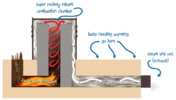
so the rocket, which does not heat water, and the other here
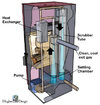
when I asked what happened in a power cut, they didn't answer. The rest are not condensating, and there is a huge problem with particular emissions, so they need an after burn, and a very controlled rate of burn, so the heat output is fixed, so only way to use is a heat store.
As to what is burnt, it is not the calorific value per unit weight that matters, coal, hard wood, and softwood all around same calorific value per unit weight, but volume is what matters, so burners are designed for one fuel, may be able to burn multi-fuels, but not in an environmental and efficient way. Using coke or charcoal will remove this problem, but processed fuel which includes gas, oil and electric costs more.
So real question is, what level of automation is worth while.










